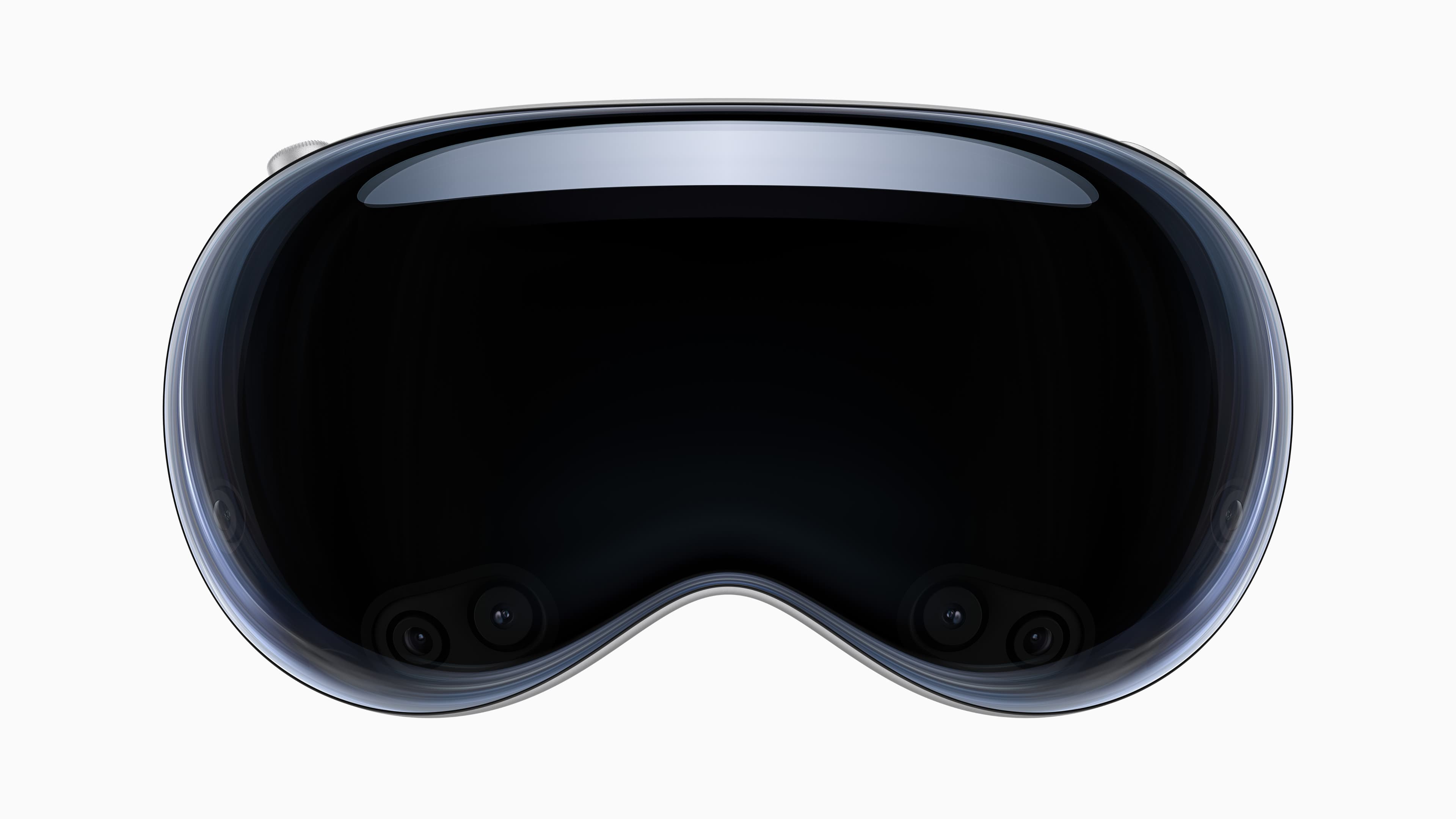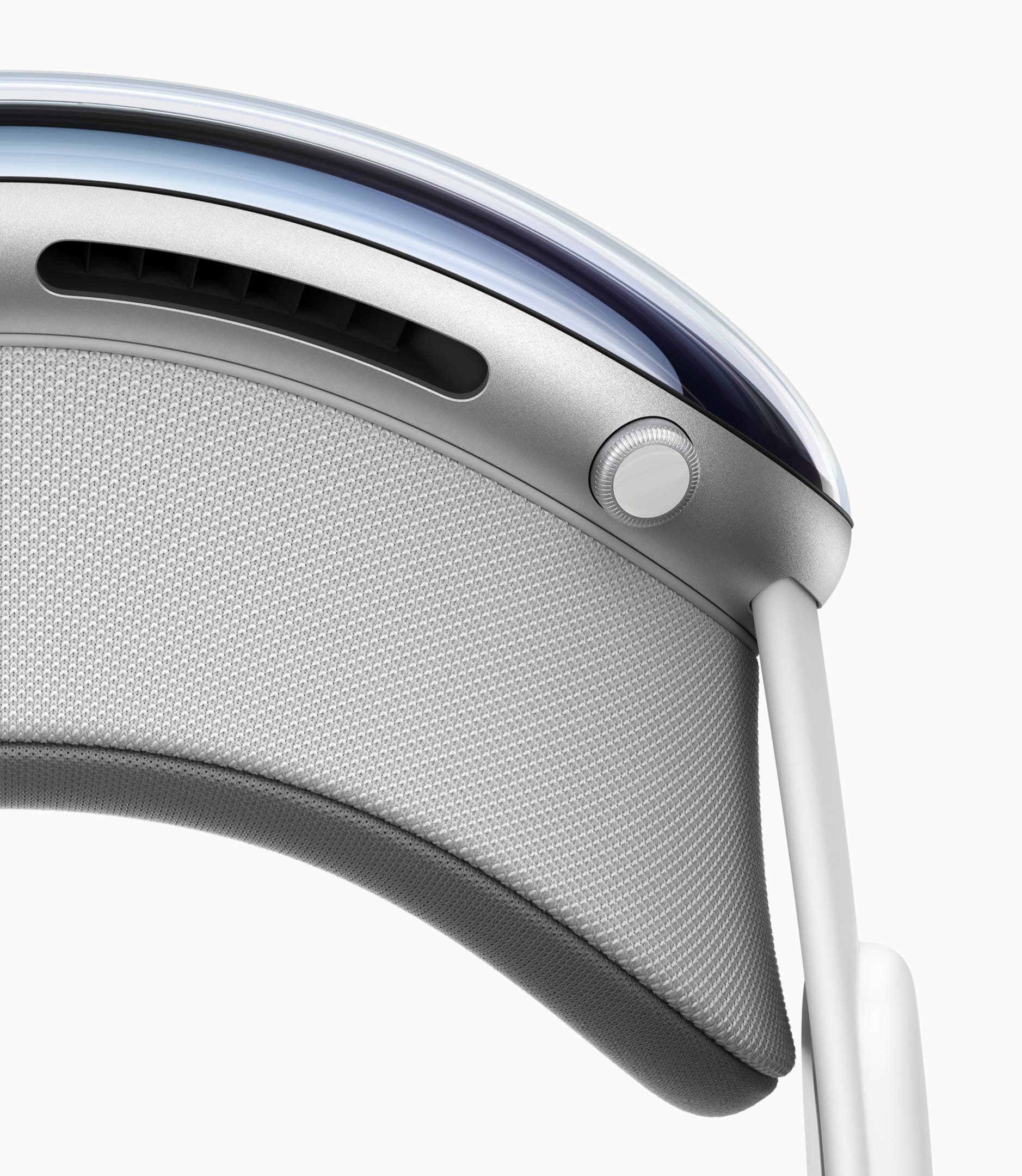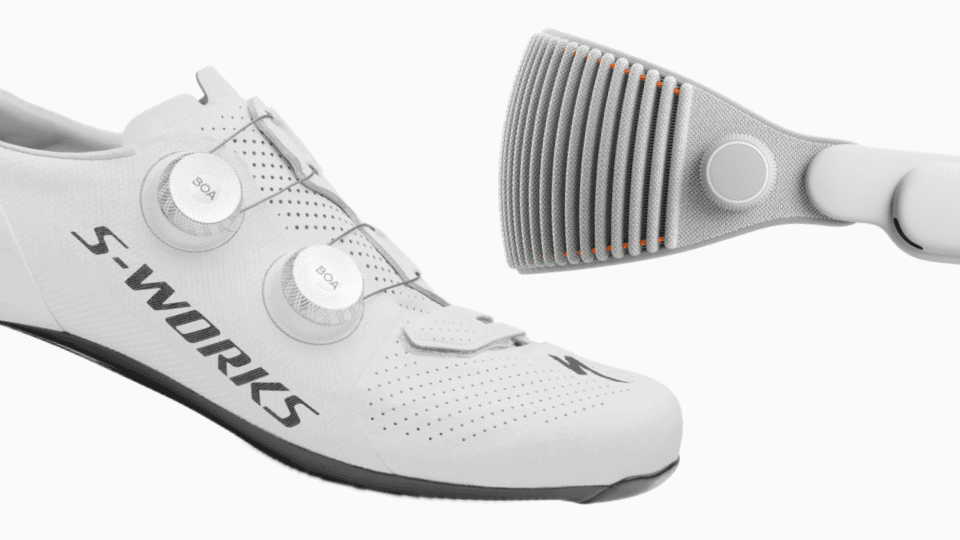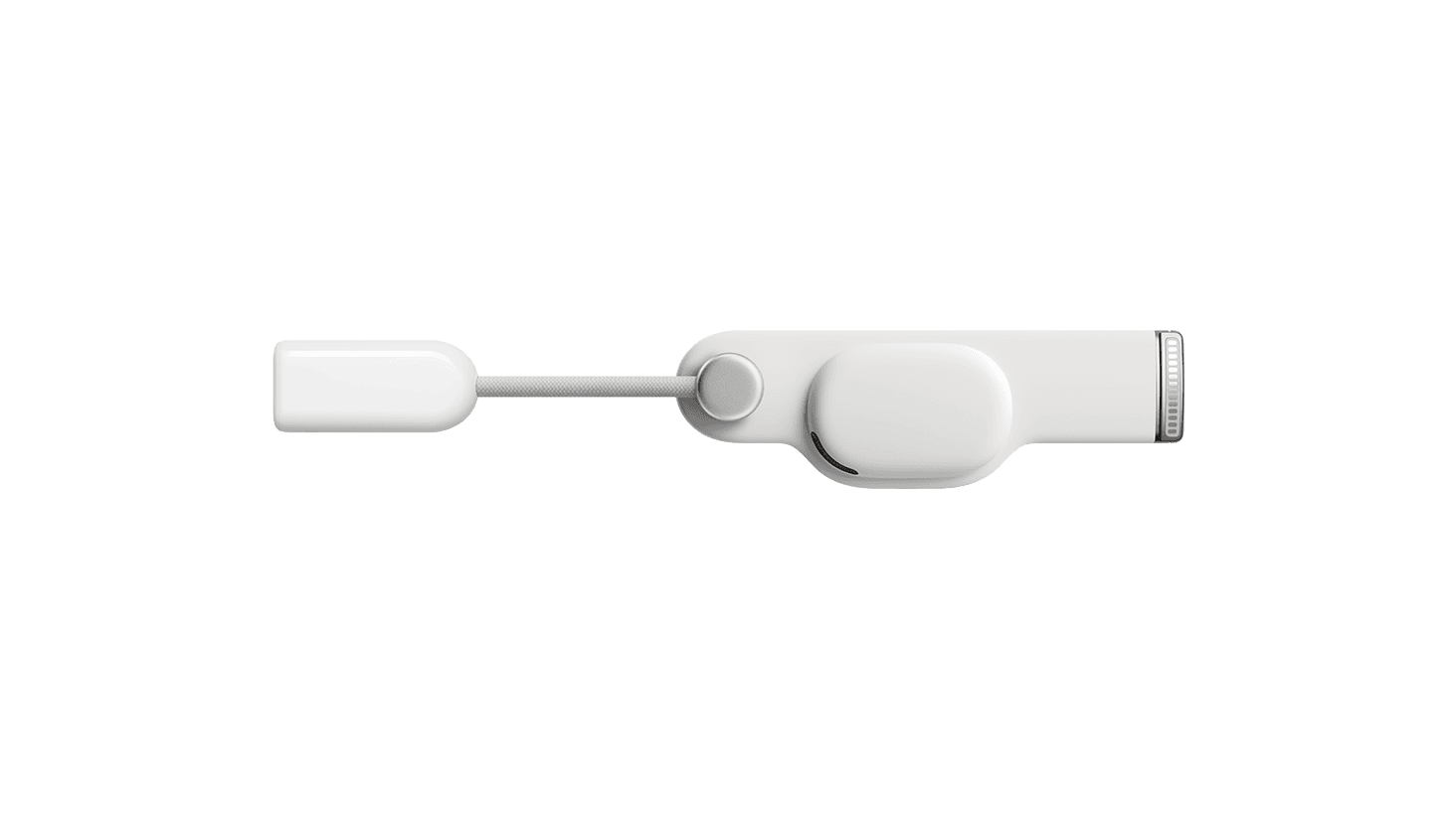Thoughts on Vision Pro

Last summer, I spent the week in Cupertino for Apple’s WWDC. Although I didn’t have the chance to visit Apple’s campus, it was still great to spend some time with other developers at assorted meetups throughout the week. It was a good year to be at WWDC; WWDC2023 was the first time in years that Apple released truly new hardware, and there was a certain energy among developers that’s hard to explain looking back.
On a brisk Wednesday morning, I walked into a small Palo Alto coffee shop (Backyard Brew) for the third “Core Coffee ☕ - WWDC Edition.” While the group started as fractured pairs, it eventually ended up in a large circle as one of the WWDC attendees explained her experience with the Vision Pro, and the demo at One Infinite Loop. I remember it being described as “awe-inspiring,” and “better-than-life.” For Apple, once again, the delay seemed worth the wait.
Fast forward to six months later, and the public release of the Vision Pro. Because of the hype from the beginning, walking into the Apple Store, my expectations were high. It was also kind of strange hearing the device explained with all of the oh so Apple jargon attached. I was told the headset was Apple’s first “Spacial Computer,” explained the features of “Environments,” etc. I want to talk more about the actual demo experience, but the presentation certainly felt rehearsed. I wasn’t the biggest fan.
Media
By far, my biggest takeaway from the entire experience was sports. As a part of the demo, Apple plays a short trailer-like video called “Experience Immersive” showing the capabilities of the headset. The video begins with a short clip of Alecia Keys, then moves on to show slack-lining, wildlife (bears), and finally sports. I wasn’t able to find a full recording of the video anywhere, so just use your imagination for this part.
The first clip is of a Major League Soccer (MLS) game. The camera is mounted just above the goal. You watch as the ball rebounds off the crossbar, back onto the field, and then is “rebounded” (I don’t watch much soccer) back into the goal. The whole clip is maybe 10 seconds but still incredible; you basically have the best seats on the entire field.
The second clip is of a baseball game. The camera is near first base and close to the ground. When the runner arrives at first, they slide in, kicking up a cloud of dust. I thought this clip was less impressive, but did demonstrate the benefits of this experience more than with soccer: a camera can be anywhere, not just in the stands. I can imagine watching live sports and getting angles like thiseverywhere; Imagine a camera buried in home plate, or mounted on the flying-wire-camera-thing they use in American Football. I can entirely see the draw of the Vision Pro just for sports
Which is an important note: most of the stuff they showed off in this video is just not available yet. While I can see Apple (who owns the streaming rights to both the MLS and the MLB) implementing this soon-ish, I would never buy a product based on future promises.
The demo also included the trailer of the Mario Movie in 3d, which I thought was fine. I would’ve liked to see the Avatar trailer instead, but they only show one during the demo.
Passthrough & Immersion
Thinking back to 2020, I think passthrough and the displays were functionally the two most-hyped parts of Vision Pro. I distinctly remember hearing that all the footage from the WWDC2023 keynote was shot on vision pro, and thinking, “wow… these cameras are good.” It turns out: the cameras are not that good. While passthrough definitely worked, I did not experience the illusion of “oh, this is just the real world.” It’s still much better than any other passthrough I’ve tried, though. They nailed the stitching of the different cameras (which the Meta Quest 3 has a hard time with) and from what I’ve seen, the low-light performance is good as well. I just don’t think that cameras are ever going to replace the real world.
A side note on cameras: the main issue with their use in the first place seems to be catastrophic failure, either with the battery dying or the headset crashing. I’ve seen a few clips of pilots using Vision Pro to manage ForeFlight and charts while also looking at their instruments; this seems like a really cool use-case, but I can’t help but think about what would happen if the headset died. Same goes for any other “extreme” sport, like Joanna Stern skiing with the headset on.
Something else I actually feel the vision pro nailed is tracking in space. Having tried other “mixed reality” solutions, the Vision Pro is easily the most convincing; the windows really feel like they are in the room with you. Sadly, I didn’t really have the chance to move around much during the demo, but as soon as you stop thinking about the windows being fake, they really do feel like they’re in the room with you. This is amplified by the (what I found to be) decent hand-occlusion when you move your hands in front of a window. After a while, I actually felt like the windows were really in the Apple Store with me.
Which is actually another key point: I do think that a lot of the problems with the Vision Pro that I experienced during the first 10-15 minutes of the demo were gone by the end. I really didn’t notice the poor field of view when I finished the demo, and when I removed the headset, I really did wonder, for a brief moment, what happened to the windows that were just floating in front of me. That’s one of the reasons this is so far from a comprehensive review: many of the “flaws” in the headset are just growing pains as the user becomes accustomed to a new experience.
Some other notes that don't fit into this section, but not really into the flow: I really enjoyed the environments in Vision Pro! I thought they were easily the most realistic of any headset I’ve tried, and I really like the idea of being able to sit in Joshua Tree and get work done. I also love the idea of having yourself half-immersed in an environment, so you can still exist in the real world, just with a little portal into a calm place. It doesn’t justify the cost of the headset, but It was easily one of my favorite parts of the demo.

As for the final element of immersion: Eye Sight. I think Eye Sight is one of those incredibly Apple product decisions that is either going to be brilliant, or killed in three years like the Mac touch bar (the two are remarkably similar). Again remembering WWDC2023, I think one of the main red flags surrounding Eye Sight was that no Apple executives were ever pictured wearing Vision Pro. Why? Because Eye Sight just looks that bad. To be fair, I didn’t really get to experience it during the demo in the Apple Store, and I’ve only seen it on video, so this take comes with a big disclaimer. Maybe with the lenticular glass, it really does look great from the outside perspective. However, from the reviews I’ve read, this isn’t the case. I guess we’ll see if Apple axes this next year, or doubles down on it. Maybe they just keep it around like the sad touch bar on the Macbook Pros.
Build & Weight

It’s funny that one of my main problems with the headset was with its engineering. One of the things I like most about modern Apple products is just how well thought-out everything is. I love my 16-inch Macbook Pro because it finally feels like they’ve perfected the hardware for a laptop. The same goes for my phone, or my AirPods, or my watch, etc. Apple generally nails hardware, even when the software falls short.
This does not apply to the Vision Pro. The engineering is definitely beautiful, but it’s not that functional. A few notes:

When I first picked the headset off of the little tray they give you, it really didn’t feel too heavy. Wearing it is very different. As many other reviews have noted, the headset is heavy on the face. My demo was only about 30 minutes, but I was definitely feeling the weight by the end.
I also don’t know if it was a sizing issue, or something else, but I was generally unimpressed with the light seal and fit of the headset. It was difficult to align the headset with my eyes, and I ended up having to re-adjust the fit a bunch of times throughout the demo. There was also just constantly light leaking through the side of the headset. Although I learned to ignore it, for a process that involved scanning my face with my phone sensor, I expected better.
Also, to touch on the “digital crown” or whatever they are calling it. I think reaching up to access the home button really breaks you out of the immersion. Ironically, I would’ve preferred an iPhone-X-like experience with a hand gesture. Even an open-palm swipe up would’ve been better than trying to find the crown on the physical headset.


Otherwise, like I mentioned earlier, the build is beautiful. Ireally want an Apple Watch band made out of the headset material (the one above is a concept stolen from twitter). I also think the adjustment mechanism for the Solo Knit band is great – it really reminds me of the boa dials that are on most cycling shoes, which I wish I had on my normal shoes. Sadly, the (apparently) more comfortable dual-loop strap does not feature the dial, and uses velcro instead. This has lead to some of the dumbest hacked together Etsy products I’ve seen in a while, for a “dual knit” bad. Definitely not worth the price, but amusing nevertheless.

Productivity & Interface
Initially, I really thought the main sell of the Vision Pro would be productivity – I have this fantasy of working in some headset with five or six different monitors floating in space. While the Vision Pro can technically accomplish this with the built-in VisionOS, I don’t think it’s going to replace my Mac anytime soon.
At the base level, Vision Pro is basically running a modified version of iPadOS. As someone who has really tried to use an iPad as a main computer, I can definitively say that you cannot replace your main workstation. Using VisionOS means dealing with the compromises that come with iPadOS. No finder. No terminal (other than emulators). My favorite thing about MacOS is that you can really treat it like Linux Lite™ but with more app support. This is seemingly impossible with VisionOS.
I also think there are some fundamental issues with looking to click. The eye tracking is good; really really good. What it is not, however, is perfect. During the demo, I often needed to really *look* to click on a specific item on a menu, or I would end up clicking the wrong item and having to go back. I’m sure these issues would improve with more time using the headset, but they will always exist to some extent. I can’t imagine writing code this way, or really interacting with most applications this way. If I had to compare it to something, it would probably be touch interactions on iPadOS: they work really well for some use-cases, but tend to fall apart as soon as you want to do anything more serious.

I think the final issue with the interface is the lack of connectivity - the reason I can’t live out my fantasy of six monitors is because the wireless connection simply doesn’t support that bandwidth (or, I would assume… at the moment it’s limited to one display only). This also means no photo editing without using an extended macOS display. Yes, you can buy a $300 developer strap if you have a $99/year developer subscription. But, that doesn’t solve the core issue: if you’re not supposed to be able to connect the Vision Pro to your computer, then Apple will never support multiple displays, and Capture One or Photomator will never bring their apps to VisionOS. The ball is functionally in Apple’s court here, and as of today, the Vision Pro is just an iPad on steroids.
The Demo
Honestly, the part of trying the Vision Pro that left me the most disappointed wasn’t the headset itself, it was the demo experience. I get that most people have no idea how the headset works, and really do need to be hand-held from the beginning. I also get that this is a new technology for Apple, and so they are still figuring out how to properly do demos (see the incredibly ugly “Vision Pro Drawer” at most Apple Stores). However, at least for me, the entire demo felt incredibly scripted, and very limiting in how I could actually explore the headset. I had to stop myself from laughing during the demo just hearing the Apple Employee call the headset “Apple’s first spacial computer.”
One thing I love about Apple stores is that you really are free to explore the products for yourself. As a kid, I literally figured out how to install Minecraft on the Macs at the Apple Store, and would play for hours as my parents shopped at the mall (I would carry my world around on a USB stick for this reason). The joy of buying Apple products is that you have really explored the product for what it is. While I was able to visit some websites, that was the extent of my personal interaction with the Vision Pro. The rest of the demo was basically a dance where I had no control. Oh well.
Closing Thoughts
I stand by the statement that every Apple Product has sucked on first generation. The first iPhone had no app store, was only available on AT&T, and was generally difficult to use. The first Apple Watch didn’t really replace anything, had a horrible screen, and was much worse than the smart watches of the time (yes, I do collect Pebbles). The first AirPods were generally hated in public, had horrible sound isolation, and were generally uncomfortable.
And yet, all of these products have gone on to dominate their respective categories. I don’t think I could live without my AirPods, or my Apple Watch, or my iPhone. For some of these products, what made them work was the developer community. For others, it was Apple finding out what the product was actually for in the first place. I think the Vision Pro lacks both of these traits: there is no support, and Apple doesn’t know what it’s for. Once they figure those out, I think the headset becomes a much better value proposition.
On the Thursday after WWDC2023, I took a flight from San Francisco to New York. During the six hour flight, I couldn’t help thinking about the Vision Pro. Would this be the headset to change this commute? Would this be Apple’s defining product in generations going forward? Now, six months later, I do think Vision will succeed, just like the iPhone succeeded, just like the iPad succeeded, just like the Mac, or the Apple Watch, or AirPods, or AirTags, or basically anything that Apple has tried since I was born in 2006. A better question is this: how long will it take? Is the Vision Pro the iPhone 2G to today’s iPhone 15 Pro? Or is it the Newton to the iPhone, a device that is meant to inspire, but not become, Apple’s spacial computing technology of the future. 👓